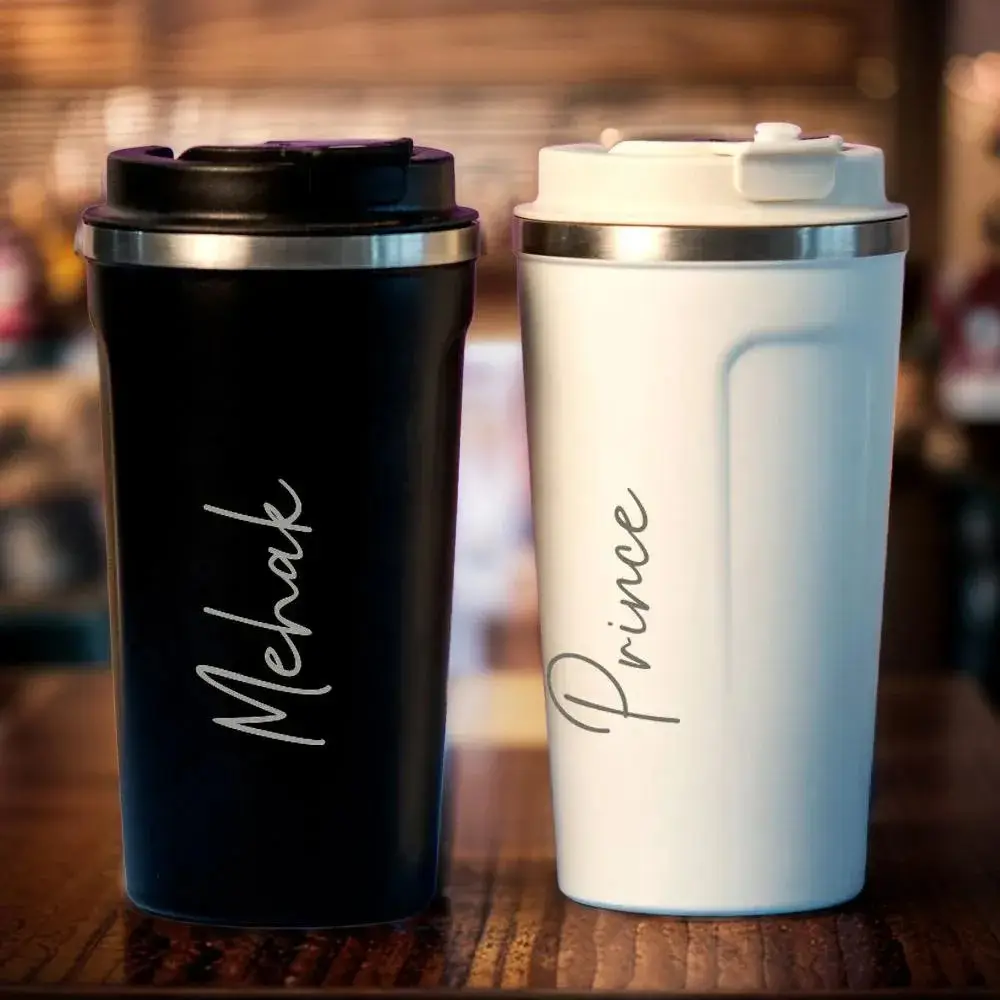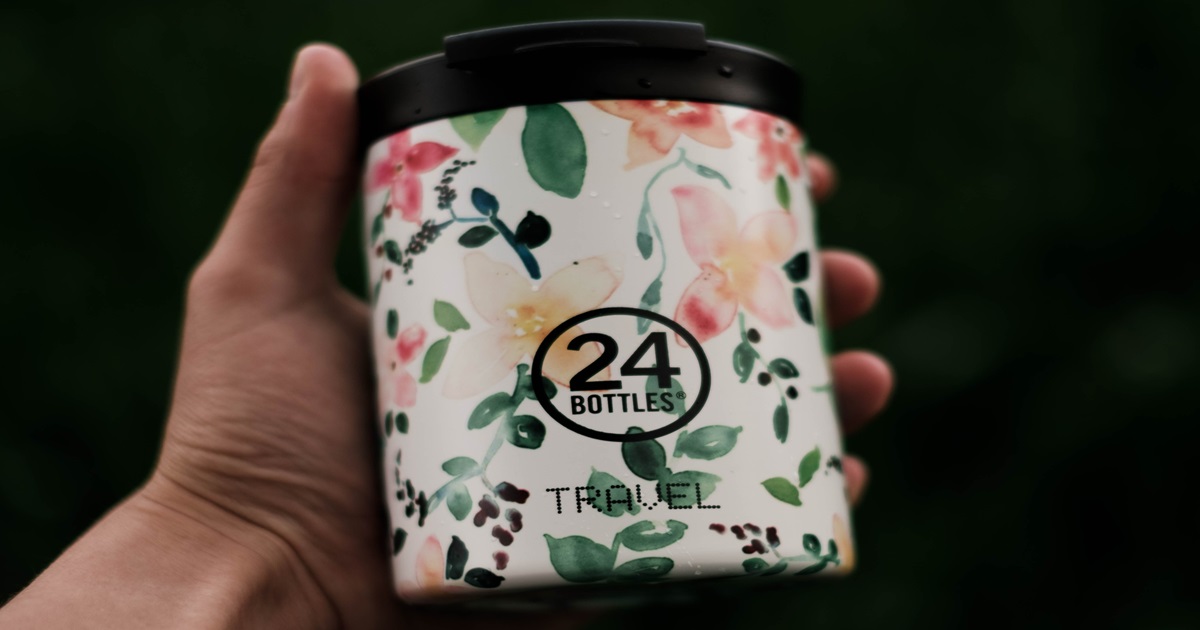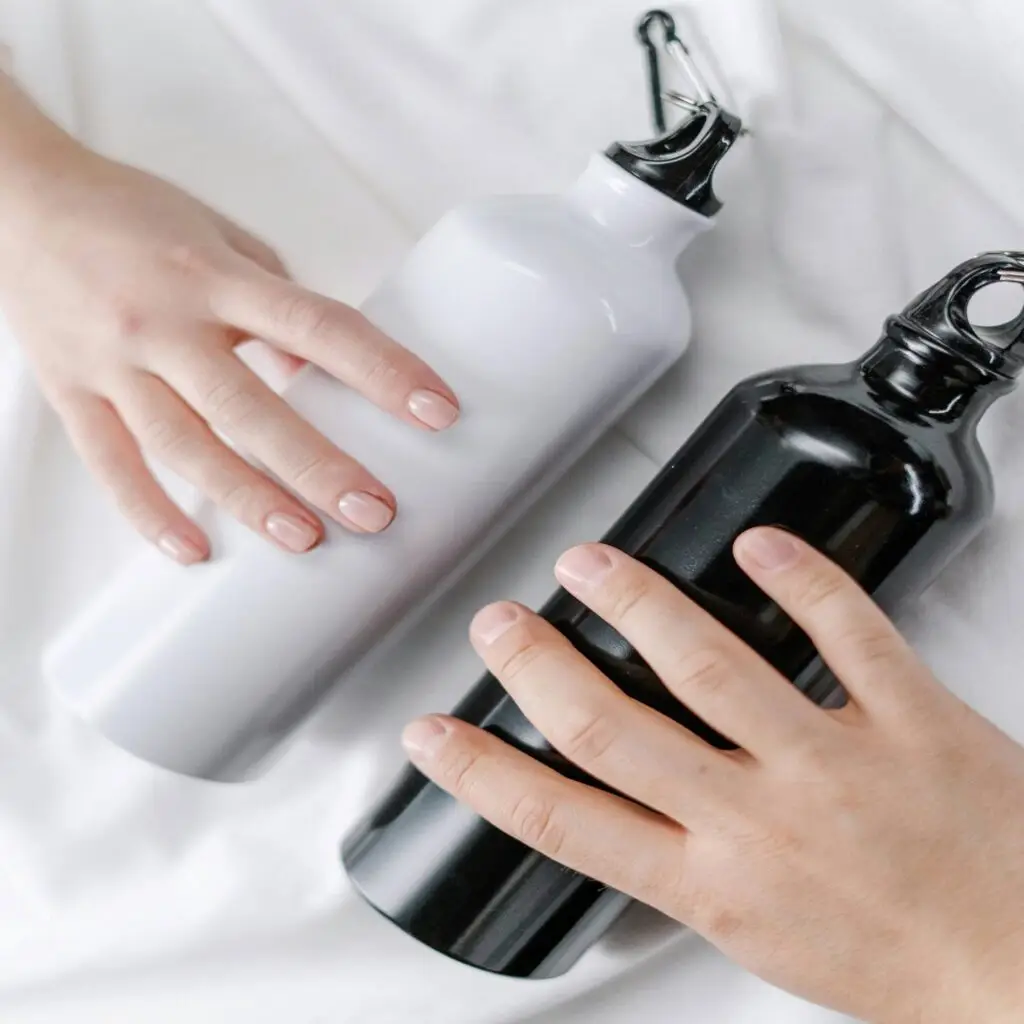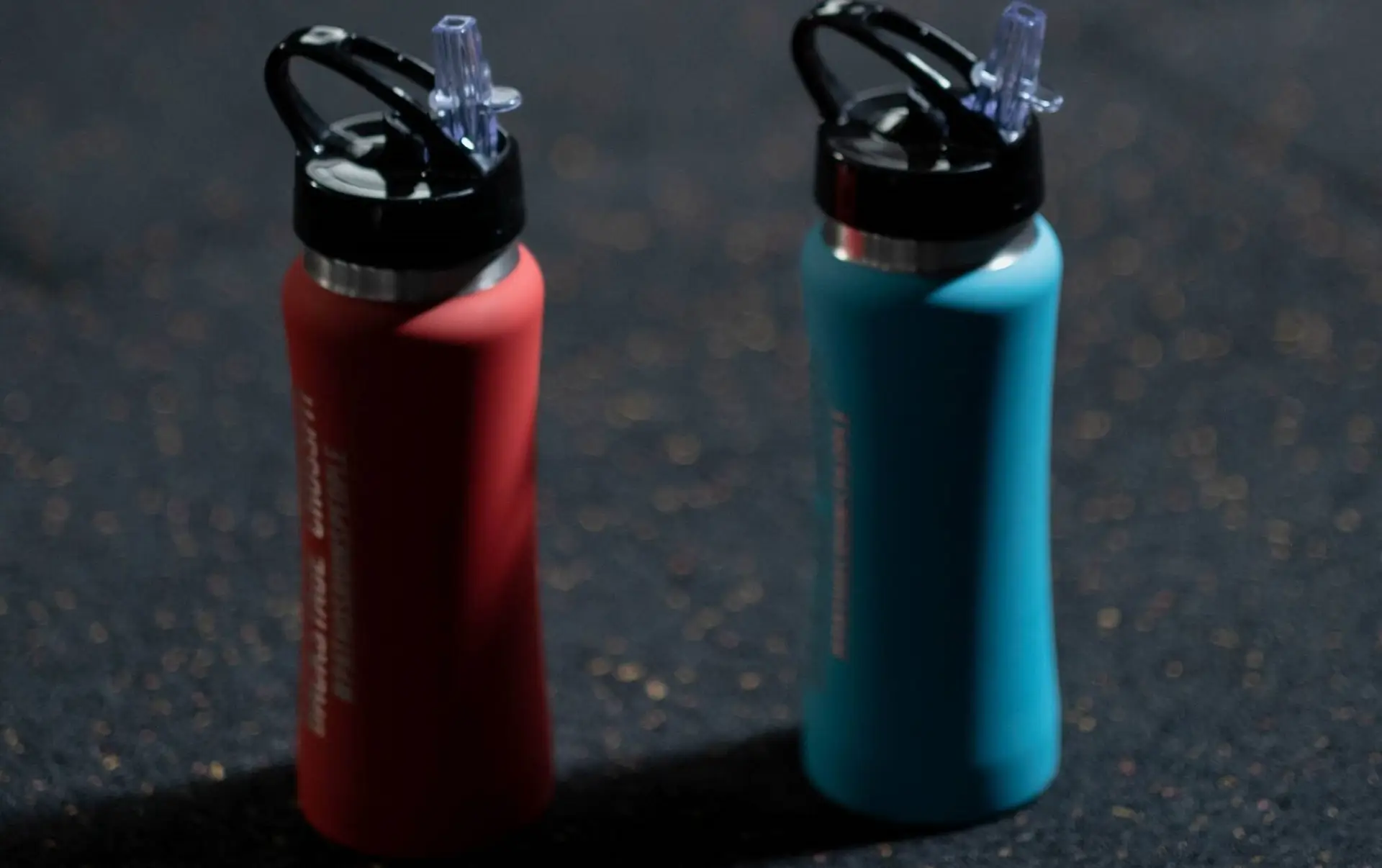Introduction: Unveiling the Secret of Thermal Insulation
In the hustle and bustle of our daily lives, our trusty travel mug stands as a beacon of reliability, ensuring that our coffee remains steaming hot or our iced tea refreshingly cold, seemingly defying the natural laws of temperature. Ever found yourself pondering the enchanting secret behind this miraculous temperature control? In this deep dive into the fascinating world of thermal insulation, we embark on a journey to demystify the science that elevates travel mugs to the status of indispensable companions for beverage enthusiasts navigating the dynamic landscapes of their on-the-go lifestyles.
Understanding Thermal Insulation: A Key to Temperature Control
Thermal insulation is a method employed to reduce or control the transfer of heat between objects or environments with differing temperatures. The primary goal is to minimize heat exchange, either by preventing heat from escaping a warmer space or by inhibiting heat from entering a cooler one. This process involves the use of insulating materials or structures that possess low thermal conductivity, meaning they are not efficient conductors of heat.
In the context of travel mugs, thermal insulation plays a crucial role in maintaining the desired temperature of the beverage inside the mug. The insulation helps retain heat for hot drinks and preserves a cool environment for cold beverages. This is often achieved through the use of double-walled constructions or vacuum-insulated chambers, creating barriers that impede the movement of heat and enhance the mug’s ability to keep drinks at the desired temperature over an extended period.
Double-Walled Magic: Thermal Insulation in Layers

Double-walled travel mugs are designed with two layers of material, typically stainless steel, that create a barrier between the inside and outside of the mug. The key to their thermal insulation lies in the space between these two layers, which can be either filled with air or, in some cases, evacuated to create a vacuum.
Here’s how double-walled travel mugs work:
Two Layers of Material: The outer and inner layers of the mug are usually made of stainless steel, known for its durability and insulating properties.
Air or Vacuum Insulation:
In between the two layers, there is a gap filled with either air or a vacuum. This space serves as a buffer against heat transfer.
- Air Insulation: In some mugs, the space between the layers is filled with air. While not as effective as a vacuum, air still acts as a thermal insulator, slowing down the transfer of heat.
- Vacuum Insulation: Premium travel mugs often feature a vacuum-sealed space between the layers. By removing the air, a vacuum minimizes heat conduction, creating a highly effective insulation barrier.
Thermal Insulation: The presence of the double wall and the insulating medium (air or vacuum) minimizes the exchange of heat between the contents of the mug and the external environment. This helps to keep hot drinks hot and cold beverages cold for an extended period.
Double-walled travel mugs are praised for their ability to maintain the temperature of the beverage inside, ensuring that your coffee stays piping hot or your iced tea remains refreshingly cold. Their construction is a testament to the application of thermal insulation principles in everyday items to enhance the user experience.
The Vacuum Sealed Marvel: Eliminating Heat Transfer
Vacuum-insulated travel mugs, also known as vacuum-sealed or vacuum-insulated bottles, leverage a specialized construction to achieve superior thermal insulation. Here’s how they work and what components are typically used:
- Double-Walled Structure: Similar to double-walled mugs, vacuum-insulated travel mugs consist of two layers of material, often stainless steel. The outer and inner layers create a barrier that helps prevent heat transfer.
- Vacuum Chamber: The defining feature of vacuum-insulated mugs is the presence of a vacuum-sealed chamber between the two layers. This chamber is devoid of air, creating a vacuum. The absence of air means there is no medium for heat to conduct through, significantly reducing the transfer of temperature.
- Copper Coating (Optional): In some high-end vacuum-insulated mugs, a copper coating may be applied to the inner layer. Copper is an excellent conductor of heat, and its presence enhances the efficiency of the mug by evenly distributing and dissipating heat.
- Lid and Seal: The lid of vacuum-insulated mugs is also crucial for maintaining insulation. It typically includes a seal to prevent air from entering the vacuum chamber, ensuring the integrity of the vacuum insulation.
How They Work:
- Heat Conduction Prevention: The vacuum-sealed chamber eliminates the presence of air, which is a poor conductor of heat. Without air, there is minimal heat conduction, effectively preventing the transfer of temperature between the inner and outer layers.
- Temperature Maintenance: The vacuum insulation ensures that hot drinks stay hot and cold beverages remain cold for an extended period. This makes vacuum-insulated travel mugs highly effective for maintaining the desired beverage temperature, offering convenience for individuals on the go.
In summary, vacuum-insulated travel mugs utilize a vacuum-sealed chamber to create a robust thermal barrier, minimizing heat transfer and providing exceptional temperature retention for various beverages.
Materials Matter: Stainless Steel and Beyond

Travel mugs come in various materials, each offering unique characteristics that cater to different preferences and functionalities. Here are some common materials used in travel mug construction:
Stainless Steel:
- Pros: Durable, corrosion-resistant, and provides excellent insulation. Stainless steel travel mugs are known for their robustness and ability to keep beverages hot or cold for an extended time.
- Cons: Can be heavier compared to other materials.

Plastic:
- Pros: Lightweight, affordable, and available in various colors and styles. Plastic travel mugs are often more budget-friendly and suitable for those seeking a lighter option.
- Cons: May not provide as effective insulation as stainless steel, and some people have concerns about potential chemical leaching.

Ceramic:
- Pros: Offers a stylish and aesthetically pleasing option. Ceramic travel mugs are often microwave-safe and don’t affect the taste of beverages.
- Cons: Less durable than stainless steel and may not retain heat as effectively.

Glass:
- Pros: Provides a transparent and elegant option. Glass travel mugs are suitable for those who prefer to see the contents and are often free from odors or flavors.
- Cons: Less impact-resistant than other materials and may not have as effective insulation.

Copper-Coated Stainless Steel:
- Pros: Combines the durability of stainless steel with the excellent thermal conductivity of copper. Copper-coated travel mugs enhance heat distribution and retention.
- Cons: Typically found in higher-end models and may be more expensive.

Bamboo:
- Pros: Offers an eco-friendly option as bamboo is a renewable resource. Bamboo travel mugs are lightweight and biodegradable.
- Cons: May not provide as efficient insulation as metal options, and care is needed to prevent deterioration.

Titanium:
- Pros: Extremely lightweight, durable, and corrosion-resistant. Titanium travel mugs are ideal for those who prioritize portability without compromising durability.
- Cons: Can be more expensive than other materials.
When choosing a travel mug, individuals should consider factors such as insulation needs, durability, weight, and personal style preferences. The diversity in materials allows consumers to find a travel mug that aligns with their specific requirements and reflects their individual taste.
Practical Tips for Optimal Insulation Performance
To maximize the thermal insulation of your travel mug and keep your beverages at the desired temperature for longer periods, consider the following tips:
Preheat or Pre-Cool:
- For hot drinks, preheat your travel mug by filling it with hot water for a few minutes before adding your beverage. Similarly, for cold drinks, pre-cool the mug with cold water.
Choose a Quality Insulated Mug:
- Invest in a high-quality travel mug with effective insulation features, such as double-walled construction or vacuum insulation. Look for reputable brands known for their thermal performance.
Opt for Stainless Steel:
- Stainless steel mugs are renowned for their excellent insulation properties. Choose a stainless steel travel mug to benefit from durable and efficient temperature retention.
Avoid Opening Frequently:
- Limit the number of times you open the lid, as each opening allows heat or cold to escape. Drink directly from the mug or use a mug with a convenient spout or sipping mechanism.
Use a Lid:
- Always use the lid provided with your travel mug. The lid helps trap heat and prevents heat loss for hot beverages. For cold drinks, it helps maintain a chilled environment.
Avoid Overfilling:
- Leave some space at the top when filling your travel mug. Overfilling can reduce the effectiveness of insulation, especially if the liquid comes into contact with the lid.
Keep it Closed:
- Keep the lid closed when you’re not actively drinking from the mug. This helps maintain a sealed environment and preserves the temperature inside.
Prefer Hot Start or Cold Start:
- Depending on your beverage, consider whether a “hot start” or “cold start” is more suitable. For example, if you’re brewing coffee, preheat the mug for a hot start.
Wrap in an Insulating Sleeve:
- Use an insulating sleeve or cover for your travel mug. These accessories provide an extra layer of insulation and can help maintain temperature.
Clean and Maintain:
- Regularly clean your travel mug to ensure optimal performance. Residue or stains can affect insulation. Check for any damage to the insulation layers and replace the mug if necessary.
By following these tips, you can enhance the thermal insulation of your travel mug, ensuring that your beverages stay at the desired temperature whether you’re on the go or enjoying a leisurely sip at home or work.
Conclusion: Sip with Confidence, Anywhere, Anytime
As we unravel the science behind thermal insulation in travel mugs, it becomes clear that these portable wonders are more than just containers – they are guardians of your beverage’s temperature. With the right travel mug, you can confidently enjoy your favorite drinks at the perfect temperature, whether you’re commuting, hiking, or simply on the move.








